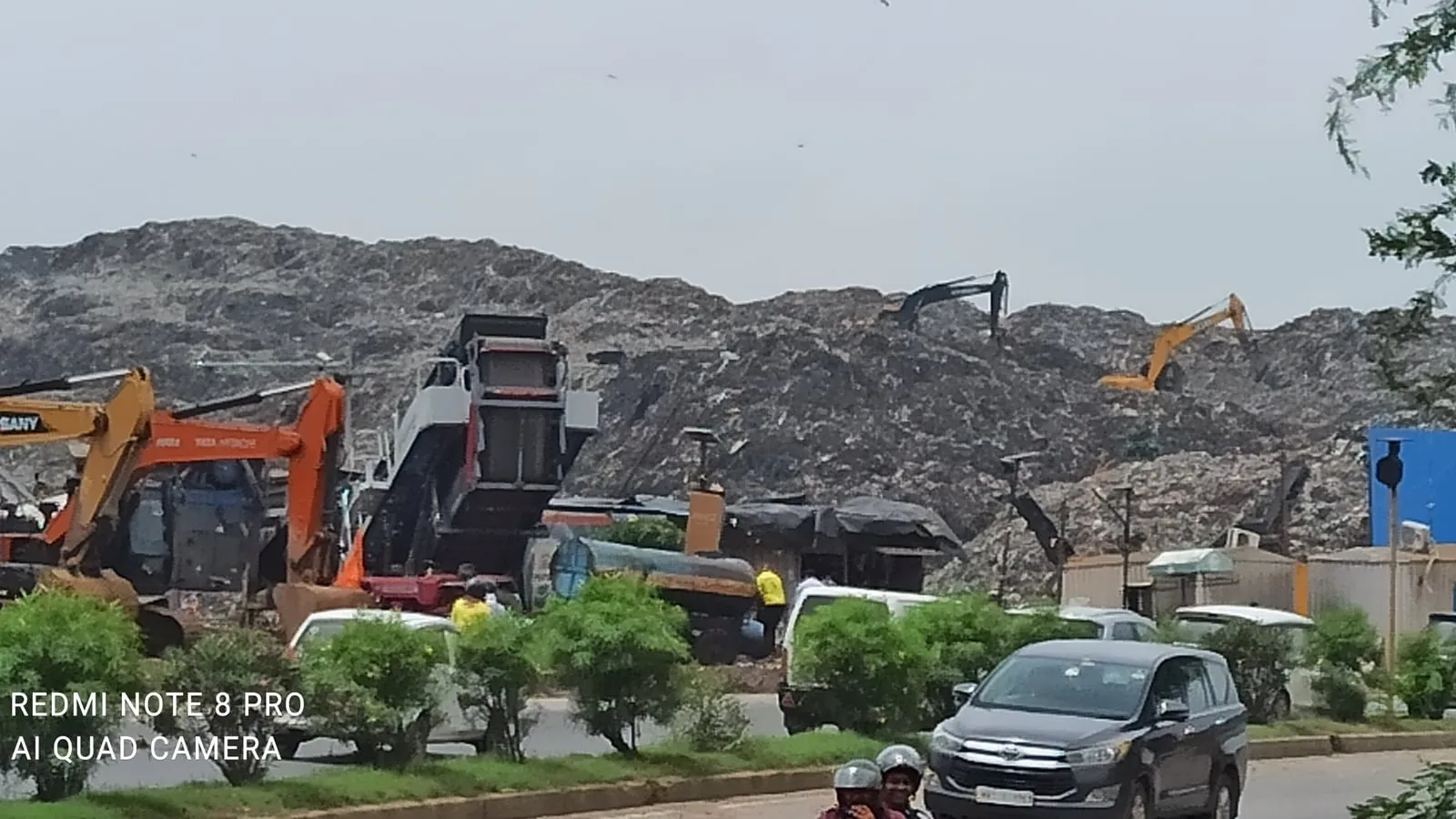Punjab Government’s Land Acquisition Plan
The Punjab state government has announced its intention to acquire 65,533 acres of land across 21 cities and towns in the state. This move is aimed at developing both industrial and residential zones, representing the largest land acquisition by the government since the state’s reorganisation in 1966.
Focus on Residential and Industrial Development
The government’s plan includes acquiring 24,311 acres of land for residential purposes and 21,550 acres for industrial use from various Ludhiana villages such as Dana Mandi, Jodhan, Dakha Ground, Mullanpur, and Koomkalan. Despite this ambitious scheme, only 115 landowners have come forward to participate since its launch on June 2, with a deadline set till September 30.
Local Opposition and Concerns
President of the Bhartiya Kisan Union (Ekta-Ugrahan), Joginder Singh Ugrahan, has raised concerns about the government’s approach. Ugrahan suggests that instead of contacting farmer leaders, government representatives should directly engage with residents in the affected areas to explain the land acquisition scheme. He emphasizes the importance of informing people about the initiative and addressing any doubts or opposition they may have.
Ugrahan also draws parallels to past controversies, comparing the state’s land pooling scheme to previous instances where government policies faced scrutiny and eventual withdrawal.
Political Backlash and Support
The AAP government in Punjab has faced criticism from opposition parties like the Congress, Shiromani Akali Dal, and BJP, who accuse the government of implementing a coercive land acquisition policy. In response, the AAP has defended its approach and accused the opposition of spreading misinformation.
Despite the criticism, the Punjab cabinet recently approved the land-pooling policy, assuring that land would not be forcibly taken from owners. The policy offers owners residential and commercial plots in exchange for land, aiming to promote transparent and planned urban development throughout the state.
The ongoing debate surrounding the land acquisition project reflects the complex dynamics and interests at play in Punjab’s development landscape.






